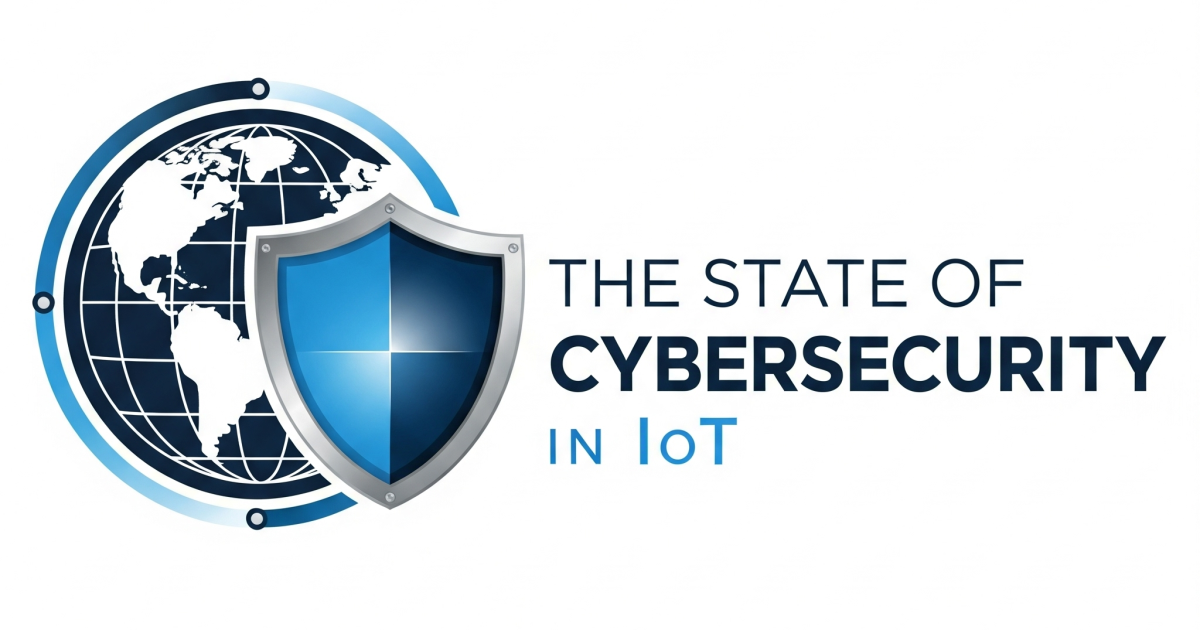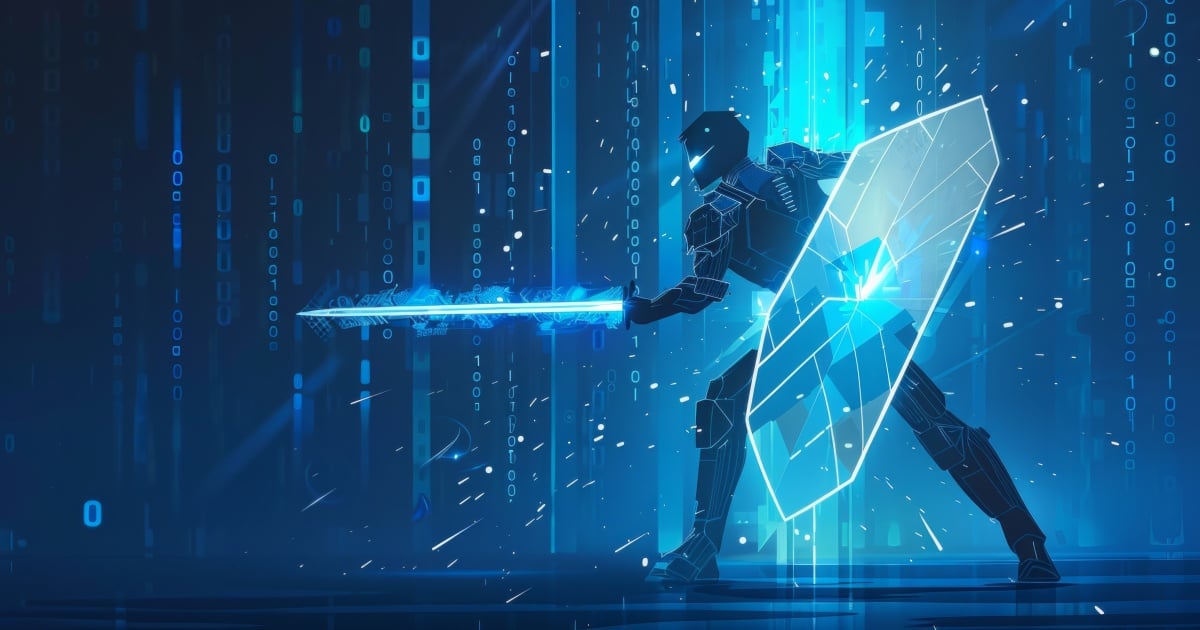The IoT Evolution Expo is going like gangbusters here in Fort Lauderdale this week, and one of the highlights of Tuesday’s events was the keynote by John Oberon, VP, IoT Software Platforms, Cisco.
John Oberon is focused on where the IoT intersects with IT; the genesis of powering the “things” in the IoT is his everyday mission. In his keynote, he talked about how developers can tap into software to make the IoT more efficient, more useful and more secure. Developers and IoT evangelists need to tap into the huge knowledge base of their IT systems admins to find the best way to integrate the connectivity and reach of IoT solutions. All of this eases the load on IT, creates value for enterprises and grows the IoT toward ubiquity.
In his keynote, attended by several thousand IT and IoT professionals, Oberon said, “I am a tinkerer, a hacker, at home and consumer IoT is very interesting for sure, but if you get into the enterprise IoT you can get a many-to-many level of network sophistication. And the question becomes: How do we handle that?”
He introduced two terms that should become part of the IoT vocabulary from now on, if the industry is to really scale: Data Tetration and Data Attestation. Tetration is a mathematical term that is also called hyper-4, which refers to the next operation beyond exponential numbers. Simply, it’s the exponent of exponential growth. And that’s the kind of network that we’re talking about building in the IoT: a network of networks, all reporting to machine learning engines, and taking action on that unimaginable scale of data.
Attestation is even easier. It’s trust, knowing that the data is true and reliable is critical if command and control action is ever to become part of the IoT’s functionality in a big way. And it must.
“The focus of developers should be turning data into insight,” he said. This means that IoT systems should be designed like fractal maps, where each cell is made up of another network, all the way out to the edge. Each of these networks needs to inform and change based upon inputs, data and learning from the others and the results of that learning need to drive insights into business strategy and outcomes.
“This is an awesome part of the journey,” Oberon said in closing. “When we learn how things can gofrom1-to-1 to many-to-many.”
That’s how we build a successful, ubiquitous and invisible, IoT. And that’s pretty awesome.
Edited by
Stefania Viscusi





